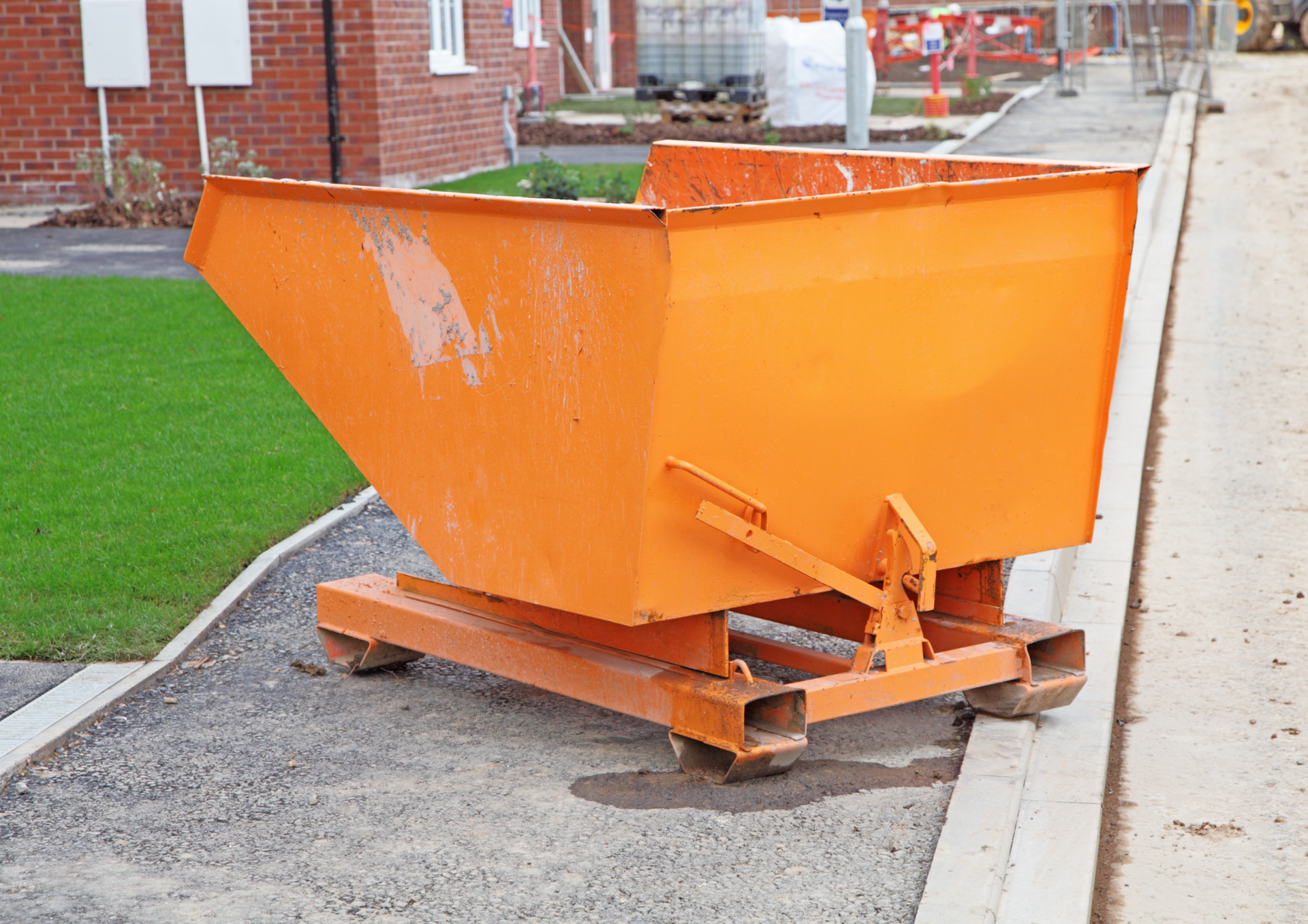Skip Sizes Explained: How to Choose the Right Skip for Your Needs
When it comes to waste management, choosing the right skip size can feel like a balancing act. Hire a skip that’s too small, and you risk overfilling it and facing additional costs. Opt for one that’s too large, and you could end up paying more than you need to. To help you make the right decision, this guide will explain the most common options and how to match them to your project needs.
Choosing the Right Size for Home Renovations
Home renovations, whether large or small, create more waste than you might expect. For smaller projects such as bathroom or kitchen refurbishments, a 4 yard skip is often ideal. It’s compact enough to fit on most driveways yet provides ample space for rubble, old tiles, or cabinetry. Choosing this size ensures you won’t be overwhelmed by the clutter while keeping disposal costs in check.
For medium-sized projects like refurbishing multiple rooms, a 6 yard might be more suitable. Often called the “builder’s skip,” it offers a good balance between capacity and convenience, handling soil, bricks, and general renovation waste effectively. By selecting the right size, you avoid unnecessary trips or paying for space you won’t use.
Managing Waste from Larger Projects
Bigger renovations, property extensions, or complete house clear-outs demand more capacity. In such cases, an 8 yard skip is a strong choice. This option is one of the most popular in the UK, widely used for bulky items like furniture, as well as heavy construction debris.
For even larger-scale undertakings, a 12 yard skip becomes the practical option. Ideal for bulky and lightweight materials such as packaging, garden waste, or event clean-ups, it provides plenty of room while reducing the frequency of collections. However, it’s important to check weight restrictions, as skips of this size are not always suitable for heavy rubble.
Skip Hire for Businesses and Events
Businesses undergoing relocations, office refurbishments, or event organisers managing large gatherings also benefit from understanding the right skip sizes. A medium-sized option can help manage furniture disposal, while a larger container supports bulkier or mixed waste types. By assessing your needs in advance, you can avoid both underestimating and overestimating the amount of space required. This ensures smooth operations without interruptions or added expense.
Making an Informed Choice
The key to successful waste management is planning ahead. Think about the type of waste you’ll generate, the space available for the skip, and how frequently you might need collections. Taking these factors into account prevents the common mistake of hiring the wrong size. By doing so, you can streamline your project, cut costs, and reduce environmental impact. Understanding skip sizes means you’ll always have the right fit for your project—neither too small nor unnecessarily large.
Selecting the correct skip is about more than convenience—it directly impacts your project’s efficiency, costs, and sustainability. From modest home refurbishments to large commercial clear-outs, the right choice ensures that waste is managed responsibly and affordably. By weighing up your project’s scale and the type of materials you need to dispose of, you can confidently hire the skip that best suits your requirements.
At
Skip Hire Leicester, we pride ourselves on offering dependable, affordable, and professional waste management services tailored to every need. Whether you’re a homeowner, business, or contractor, our team provides expert guidance to help you select the most suitable skip. With transparent pricing, prompt delivery, and a strong focus on environmentally responsible disposal, we ensure your project runs smoothly from start to finish. Trust us to handle your waste so you can focus on what matters most.
New update on X:
Skip sizes explained – avoid overfilling or hiring too big!




